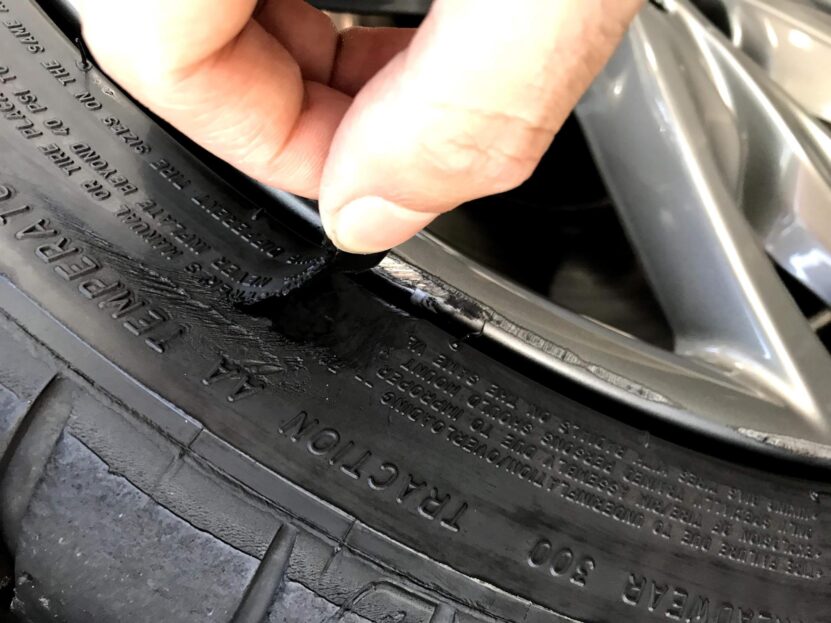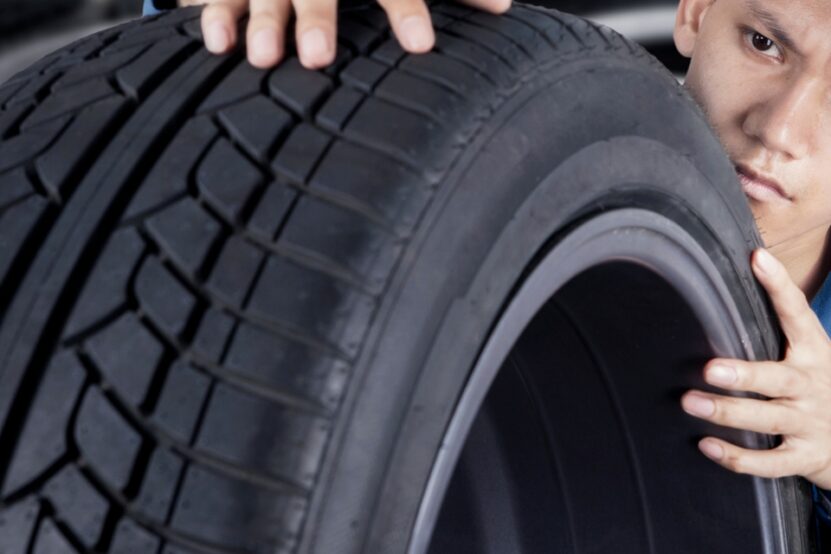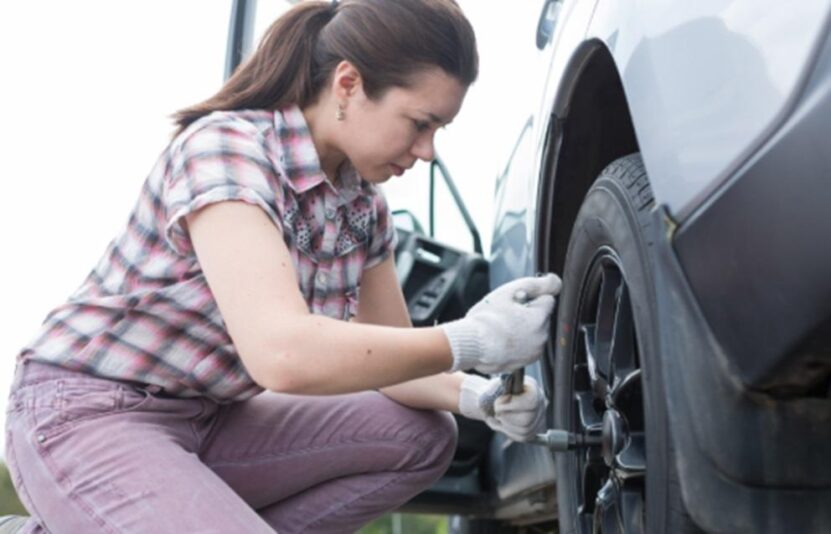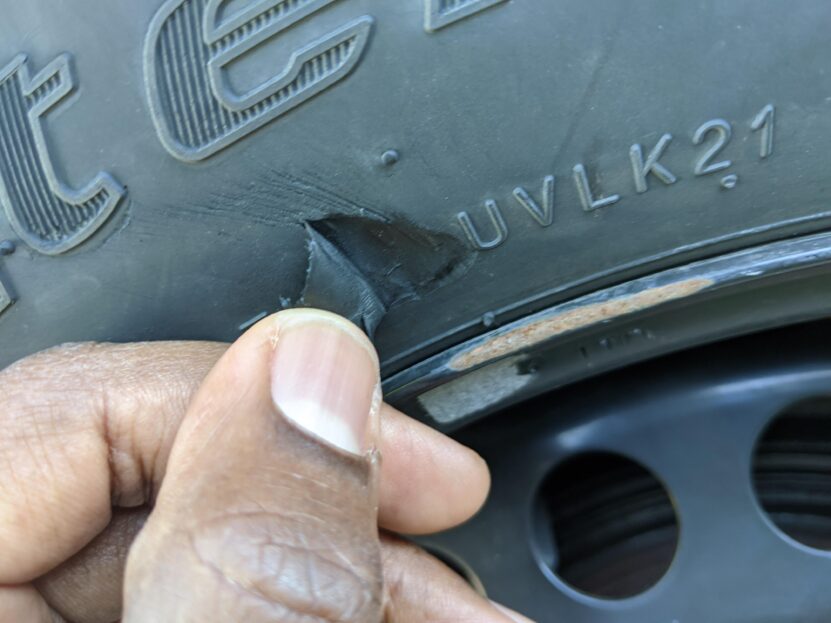Attention all drivers! Have you ever wondered when it’s time to replace your tires after noticing damage to the sidewall? A damaged tire can be a danger on the road, but how much is too much?
This question has stumped many car owners over the years. Don’t fret because in this blog post, we will answer this question and provide you with important information about tire sidewall damage. So buckle up and get ready to learn about detecting tire sidewall damage and what action should be taken!
What is tire sidewall damage?

Tire sidewall damage can include cracks, cuts, or scrapes, and can happen from hitting a curb, driving on a pothole-ridden road, or even just from regular wear and tear. The amount of damage that is too much will depend on the severity of the damage and how close it is to the tire’s tread. If the sidewall damage is severe enough, it can cause a blowout.
Tires are one of the most critical components of any vehicle, and their condition can have a significant impact on both safety and performance. One type of tire damage that is particularly concerning is sidewall damage. It occurs when the tire’s outermost layer is punctured or worn, exposing the internal structure of the tire. This can weaken the tire and compromise its ability to perform its intended functions.
So, how much tire sidewall damage is too much? Unfortunately, there is no clear-cut answer to this question, as the severity of sidewall damage can vary widely depending on several factors. However, there are some general guidelines that can help you determine when it’s time to replace a damaged tire.
To understand these guidelines, it’s essential to first understand the anatomy of a tire sidewall. A tire sidewall is the area of the tire between the tread (the part that comes into contact with the road) and the bead (the part that sits on the wheel rim). The sidewall is typically made up of several layers of rubber, reinforced with steel belts or other materials. These layers provide strength and stability to the tire, allowing it to maintain its shape and withstand the forces it encounters while driving.
When a tire’s sidewall is damaged, it can compromise the integrity of these layers, leading to several potential issues. For example, it can cause the tire to lose air pressure or develop a bulge, which can affect its handling and stability on the road. Additionally, if the damage is severe enough, the tire may even fail completely, resulting in a blowout or other dangerous situation.
So, how can you tell if a tire’s damage is severe enough to warrant replacement? One of the most important factors to consider is the location of the damage. If the damage is located on the sidewall’s outer edge, it is generally less concerning than damage located closer to the center of the tire. This is because the outer edge of the sidewall is less critical to the tire’s overall stability and strength.
Another factor to consider is the size and depth of the damage. If the damage is relatively small and shallow, it may be possible to repair the tire using a patch or other method. However, if the damage is large or deep enough to expose the underlying layers of the tire, it is generally not safe to continue using the tire.
It’s also important to consider the age and overall condition of the tire when evaluating the damage. If the tire is relatively new and has been well-maintained, it may be more likely to withstand minor sidewall damage without compromising its performance. However, if the tire is old or has been subjected to significant wear and tear, even minor sidewall damage may be cause for concern.
Ultimately, the best way to determine whether a tire with sidewall damage is still safe to use is to have it inspected by a qualified tire professional. This individual can evaluate the damage and provide guidance on whether the tire can be repaired or should be replaced.
Note that sidewall damage can sometimes be difficult to detect, especially if it is located on the inner side of the tire. This is why it’s important to regularly inspect your tires for signs of wear and damage, both on the sidewall and the tread.
So, sidewall damage is a serious concern when it comes to tire safety and performance. While there is no clear-cut answer to the question of how much sidewall damage is too much, there are several factors to consider when evaluating the severity of the damage. By keeping these factors in mind and having your tires inspected regularly, you can help ensure that your vehicle stays safe and performs at its best.
How much tire sidewall damage is too much?

When it comes to tire sidewall damage, there is no definitive answer. Some people may be able to continue driving on tires with minor damage, while others may need to replace their tires immediately.
It is important to inspect your tires regularly to check for any signs of damage. If you notice any cracks, gouges, or other damage on the sidewalls of your tires, it is best to have them checked out by a professional. They will be able to tell you if the damage is severe enough that it needs to be repaired or replaced.
Signs that your tires need to be replaced

Wondering if your tires need to be replaced? Here are a few signs that it may be time:
- If you can see the tread wear bars, also known as treadwear indicators, it means the tire is worn down to the minimum tread depth and needs to be replaced.
- If your tire is cracked, cut, or punctured, it needs to be replaced immediately.
- Bulges or blisters on the sidewall of the tire are another sign that the tire has been damaged and needs to be replaced.
- If your car vibrates excessively when driving, it could be a sign that your tires are unbalanced or worn and in need of replacement.
How to prevent tire sidewall damage

When it comes to your tires, it’s important to nip any damage in the bud – and that includes sidewall damage. Sidewall damage can occur from a number of things, including curbing, potholes, and debris on the road. While sidewall damage may not seem like a big deal, it can actually lead to a blowout if left unchecked.
So, how do you prevent tire sidewall damage? The best way is to avoid whatever is causing the damage in the first place. If you know you’re going to be driving on rough roads, try to avoid hits to the curb or potholes where possible. If you can’t avoid them altogether, drive slowly and carefully over them. Keep an eye out for debris on the road as well, and remove it if possible.
In addition to avoiding potential sources of sidewall damage, it’s also important to inspect your tires regularly. Check for cracks or splits in the sidewall – if you see any, it’s time for new tires. It’s also a good idea to keep your tires properly inflated; underinflated tires are more susceptible to sidewall damage.
Conclusion
Tire sidewall damage can be hard to spot, but it is important to check for it regularly. If you do discover that your tires have sustained some kind of damage, the best thing to do is replace them as soon as possible if the amount of damage exceeds any manufacturer or industry guidelines.
It’s also a good idea to think about investing in new tires before they start showing signs of wear and tear so that you can avoid costly repairs down the line.

